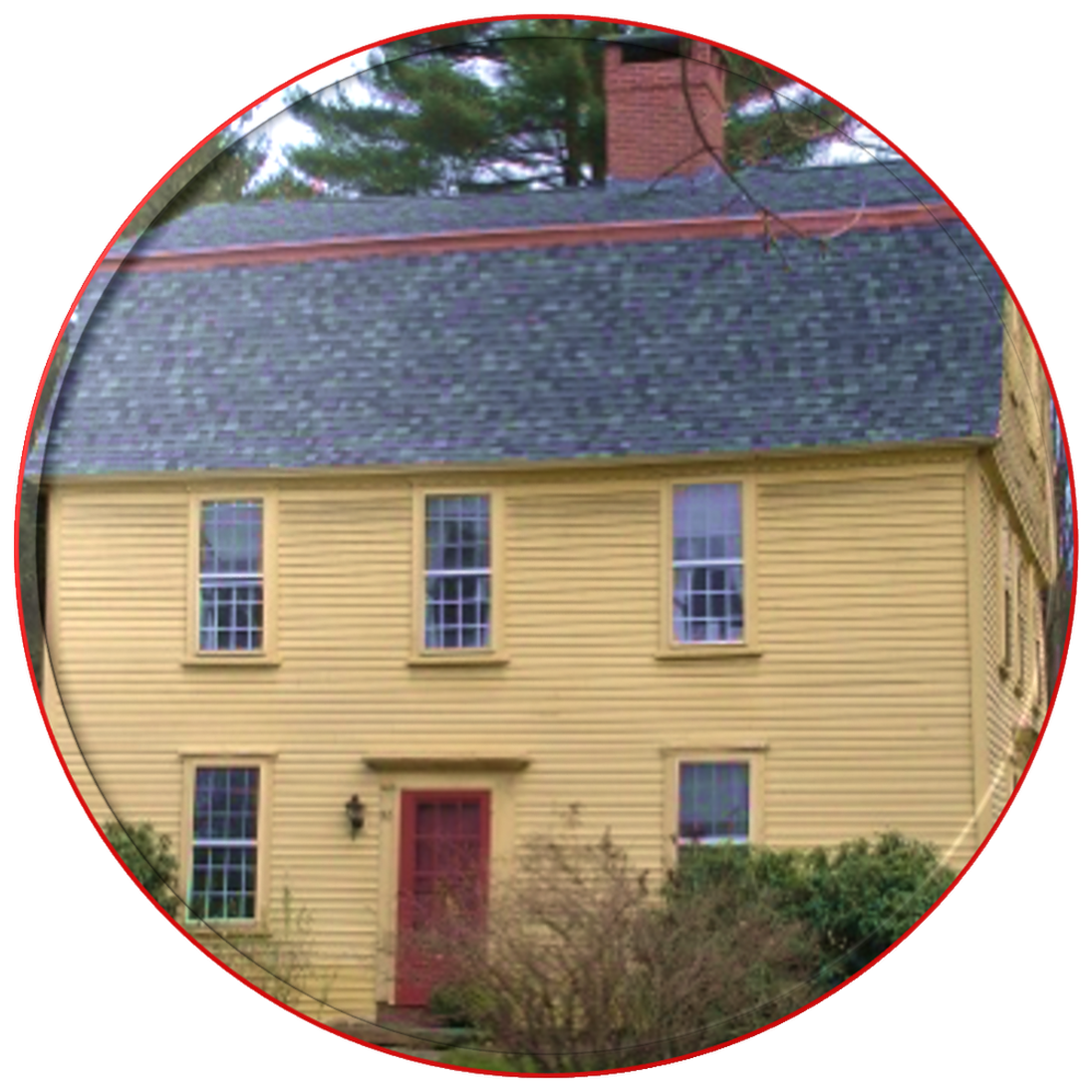Research Summary
Rob Brun del Re, P.Eng December 2023
Current Data
As you may have read from recent newsletters and the chapters in this series posted on the website, research into Henry’s and Godfrey Nims’ lives has taken a dramatic leap forward. Especially in the last 16 months - thanks in large part to research funds provided by the Nims Family Association. New data recently uncovered, and verified to a high degree of certainty, includes:
The “New Inn Backgate” was a city precinct in London, not a building or part of an inn
Henry Nims was a “houskeeper” - meaning that he owned his own home
Henry was a gunsmith by trade - verified by two separate documents
Henry sequentially married two women named Elinor / Ellen:
Elinor _____, Godfrey’s mother, before 1644
Ellinor (Denes or Davis) in August 1655 at St Clement Danes, Westminster, London
Henry’s first wife Elinor / Ellen, Godfrey’s mother, died in December 1654
Henry and Elinor / Ellen (1st) had two daughters named Mary in Westminster:
Mary Neemes (1st) was born in 1651 and died in June of 1653 as recorded at St Clement-Danes
Mary Nimmes (2nd) was born in November of 1653
Henry paid rates (taxes) to St Clement-Danes parish from 1657 through 1675, providing his location and understanding of his financial position for the period
Henry was recorded twice in later life as “Hendrick” (Nymms & Nimms). This strongly suggests a Dutch/Flemish/Low Lands origin (or heritage). Henry and Elinor’s (1st) immigration from either the Netherlands or what is now Belgium is supported by:
His name - Hendrick
His listing as a “stranger” in his first English residence in Bristol in 1644
Gunmaking in England during the Civil War, specifically in Bristol in 1644
A “Maria Nimes” Is recording baptising a child Anna in 1634 in Breda, Netherlands. Currently there is no link to Henry, however, the name Nimes in Breda is interesting
A “Jane van Nims” (sic) died in Harwich, Essex in 1654 and recorded as a Dutchman. This unlinked Nims is a lead being pursued
Research Focus
Charting Henry’s life is vitally important for unravelling Godfrey’s emigration to America under the assumption that Godfrey was sent to a family member or associate in Northampton. The circle of Nims’ friends, associates and neighbours (FANS) now includes gunsmiths, gunmakers, related trades such as armourers and blacksmiths, and the Dutch/Netherlandish/Flemish community in England. Additionally, based on the rates Henry was paying to the parish, he probably had the financial means to send Godfrey abroad.
Armed with this new data, a more detailed picture of Henry’s life is starting to emerge. We can conjecture because he was a gunsmith living in Bristol in 1644, that Henry and Elinor (1st) may well have been imported into England by Prince Rupert from the Netherlands/Low Lands and brought to Bristol at about the time Rupert and his Royalist forces stormed Bristol in 1643. Henry Nims stayed in Bristol until shortly after the death of his young son Henry in October 1647, relocating to Westminster before Godfrey’s birth in October 1648.
The focus of the research is to validate or disprove our current working theory that the Nims Family immigrated from the Netherlands/Low Lands. Illuminating the Nims’ origins may reveal the identity of Elinor / Ellen (1st), Godfrey’s mother. Understanding their origins and wider families would lead to a focus on who they might have known in Northampton, Massachusetts.
Locating emigration or work records in England might identify specific places in Europe for targeted research. I have engaged researchers in the Netherlands, Belgium, Germany, and Denmark with negligible results, except for the “Maria Nimes” in Breda. However, this may be due to the absence of the digitized and transcribed documents that are more common in the United Kingdom and the United States.. Future work on targeted locations might require manual review of source documents at various archives.
Promising Leads
We are also following up several leads related to:
Gunmakers and gunsmithing in England, specifically Bristol, Oxford, London and Westminster, between 1640 and 1670
The locations of Prince Rupert and his Royalist forces between 1640 and 1670, specifically any documentary evidence of his armaments suppliers
Netherlands/Low Land gunmakers on the continent who are known to have moved to England in this period, including Henri LeMaire, Harman Barnes, and Henry Rowland
Outstanding Nimes, Nyms, Nymm, etc., leads in England
The one hundred plus Northampton, Massachusetts families that might have had some kind of connection to Henry’s family or associates
Next Chapter: Chapter 17 - Spellings [To be published]
